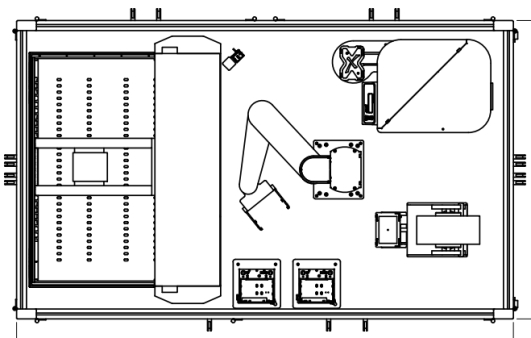Introduction
Re-formatting and hit picking of plates is a crucial step to increase laboratory throughput and reduce the costs of the overall analysis. The concept of hit picking is firstly to identify positive samples and secondly to merge those samples into a new plate in a traceable manner. The concept of reformatting is to re-organize plates using columns, rows or whole plates and merge them into new plates. i.e. going from 96 to 384 or 1536.
Hit picking and reformatting of plates can be used in many different applications. For example, when a pooling strategy is utilized, be it either 2D or 3D, when a positive pool is detected, the whole pool might need to be deconstructed in order to find the actual positive sample. Taking a pooling approach greatly reduces the first time analysis costs. Pool deconstruction via hit picking is error-prone, an automated approach will therefore save time and avoid human errors by picking the wrong sample. An example where reformatting can be valuable is when screening multiple plates and only a subset of samples need to be used in downstream processes.
Key features
- Reliable: reproducible results and minimal cross contamination
- Time-efficient: walkaway solution
- Traceable: integrated barcode readers provide full traceability
- Modular: using a docking approach gives the user flexibility on where to utilize the platform
- Precise: avoids human pippetting errors

Application purpose
This application is designed to help the user speed up their process of accurate hit picking and reformatting. Automated hit picking and reformatting frees up time and will avoid human errors. On top of this, the liquid handlers suitable to run these kind of applications are equipped with ultrasonic baths which in turn will reduce the number of tips used in the end as they can be cleaned in between runs. In designing this system we have also taken into account its modularity. In order to increase modularity and flexibility we have designed it as a moving platform which can be used to "dock" to existing PlateButler® platforms or the platform can be moved from lab to lab and be utilized where needed.
Why you should choose this application
Hit picking and reformatting allows the user to reduce the number of plates and samples required for downstream analysis and thereby reduces the overall costs. Automating this step will free up time, but more importantly, it will also reduce the risk of human pipetting error. Utilizing tip was stations will help reduce the amount of tip waste.